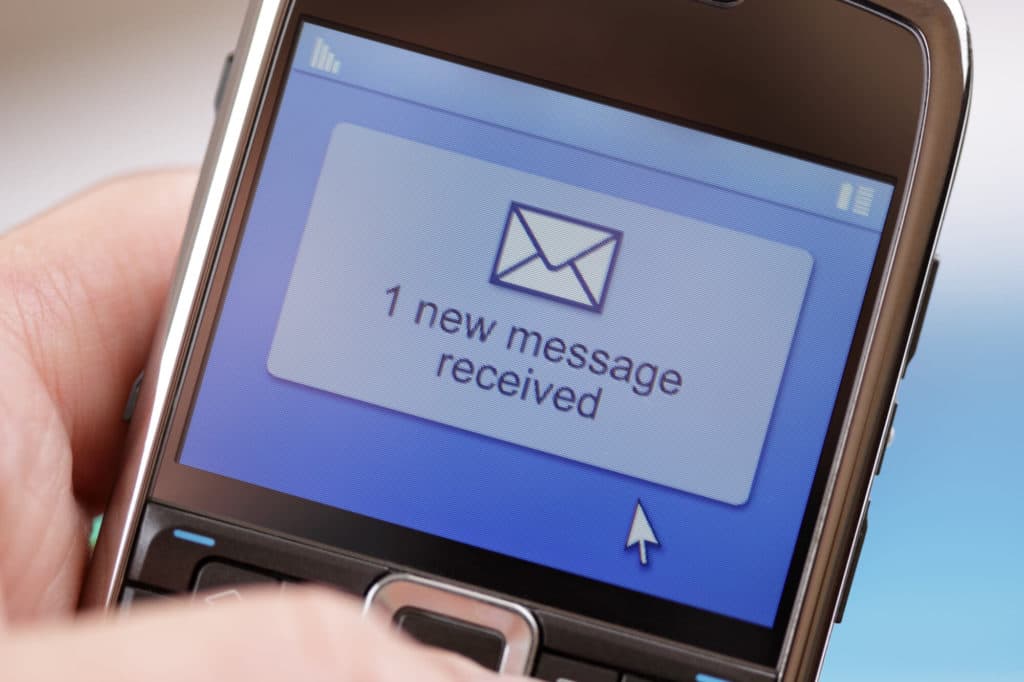
Messaging used to be so easy. You pulled out a pen, wrote someone a note, put a stamp on it, and dropped it in the mailbox. Days or perhaps a week later, you’d get a response.
At other times, you wouldn’t get a response at all.
Well, things are different now!
Today alone I sent and received over 100 emails, 45 SMS messages (including a Papa Murphy’s coupon, appointment reminder, and a password reset), pushed a few tweets out of the nest, exchanged Facebook messages with friends, and engaged the CNN Facebook Messenger chatbot to catch-up on the latest news.
Oh, and I had a lengthy interactive Skype session with my mom – she is in her 80’s.
Yes, just another day in the office as they say, and I’m not alone. Messaging has become a core fixture in the lives of the average digital individual, which is the majority of us.
We’re exchanging trillions of text messages, emails, app messages, push notifications, and chatbot messages every single day, not just with other people but with artificial intelligence, like IBM Watson.
In fact, Garter has estimated that by 2020, nearly 84% of every interaction a person will have with your business may not include a human on your side of the conversation, although it’s the conversations that drive business. The inquiries, price checks, transactions, and customer care engagements you have with people through text messages, emails, and chatbots for instance, will both drive revenue and reduce your costs.
A recent Retale study noted that 64% of Millennials are likely to purchase products and services from a brand’s chatbot and many brands are finding that they can save millions by using chatbots to triage customer care calls or SMS to secure communications.
There is little we can know for sure, but there is one thing we know for sure: messaging is here to stay.
This fact applies to all messaging, including email, SMS, MMS, RCS, iMessage, app messages, alerts, screen-lock reminders, chatbots, app and browser push, beacon alerts and more.
Various messaging formats and mediums have their time and place within the marketing mix. Some forms of messaging are better for sales and customer service for instance, while others are perfect for instant alerts and notifications.
The exact mix of messaging capabilities you eventually integrate and maintain within your organization will vary significantly based on a wide range of factors such as your industry, your customer’s and shopper’s preferences, and your legacy corporate systems, but you most certainly can leverage more than one.
“Omni-channel” companies aim to convince brands they can manage all of this under one roof.
When developing your messaging strategies and tactics going forward and evaluating which messaging solutions or vendors you’re going to partner with, I’d encourage you to keep one key factor in mind. Messaging is a complicated, technical business.
It’s best to leave the technology to the experts.
The strategic, tactical, technical and regulatory requirements to effectively and efficiently run large scale SMS, email, chatbot or beacon campaigns are extremely different.
Therefore, be very weary if you come across a provider that suggests they can do it all for you. Rather than taking a single marketing cloud services approach, I would encourage you to develop a multi-party, best in breed, messaging approach, considering that customer experience has become the new battlefront.
Gartner predicts that 89% of companies today are competing on experience alone, not just product and service.
With a best of breed messaging approach, you’ll be in the position of giving your customers the best possible customer experience possible through each and every one of the channels you enable for them, while giving you the flexibility to replace or integrate new capabilities as the industry evolves.
—
Similar Posts You Might Like:
Waterfall and CLX Communications to Modernize Mobile Messaging with RCS Business Messaging


